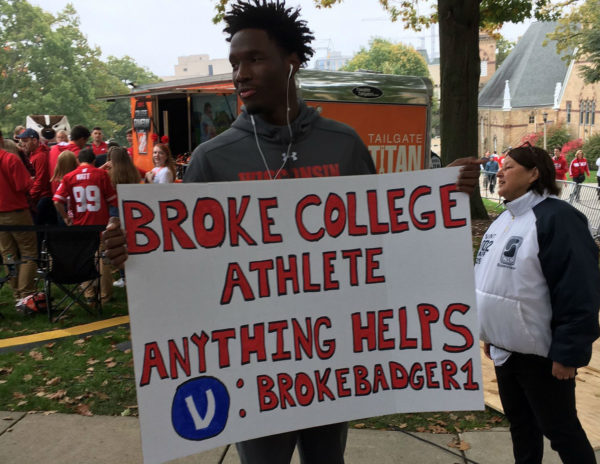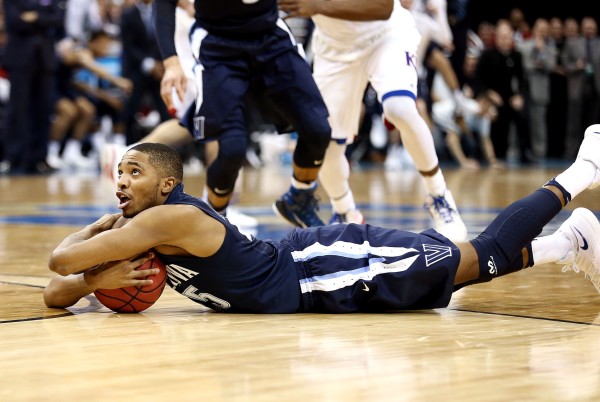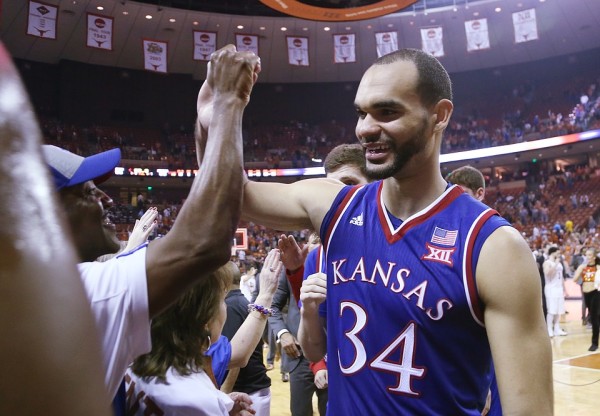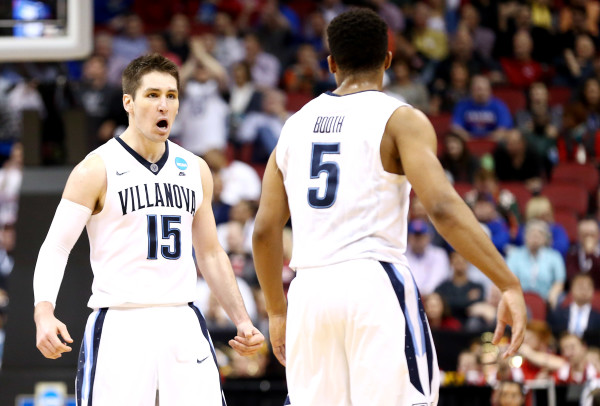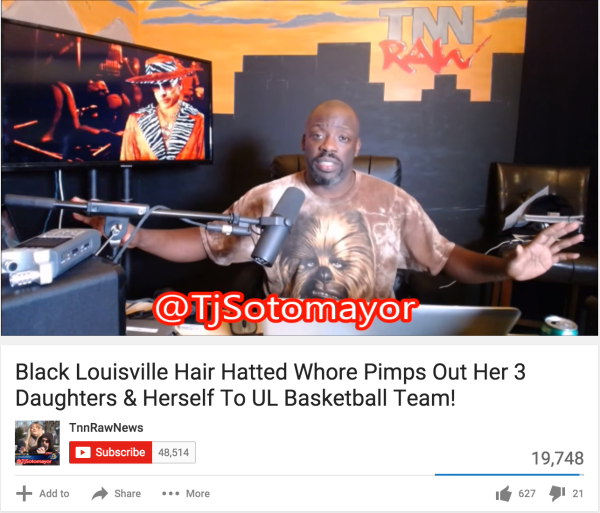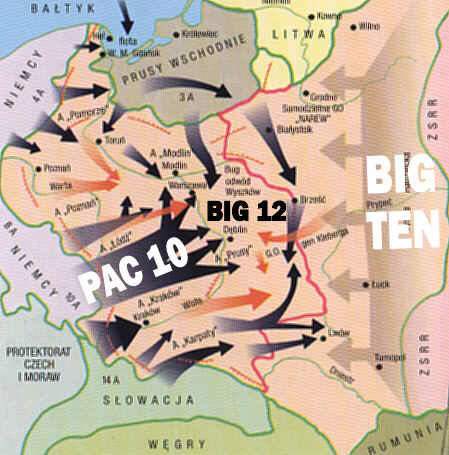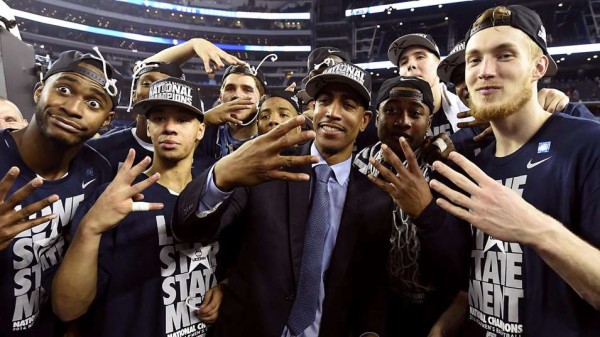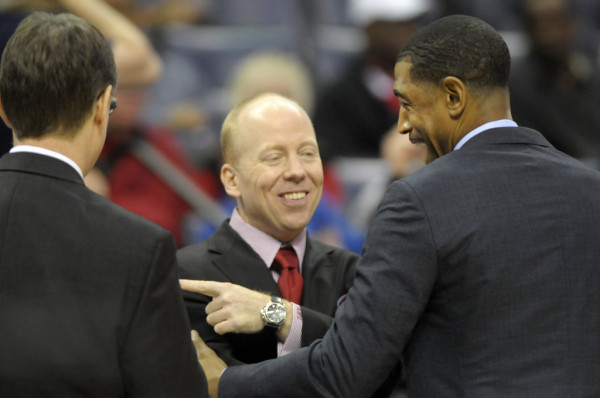Media Timeout: If It Bleeds, It Leads – Especially If It’s Duke
Posted by Will Tucker on February 7th, 2017College basketball places huge emphasis on individual games — showdowns between top-ranked teams, annual rivalry clashes, single-elimination tournaments — but it’s important from time to time to take a step back and look at the bigger picture. The Media Timeout considers how fans and journalists watch, follow and talk about the sport.
For the second time in as many seasons, Duke entered February with five or more losses. Four of those have come in conference play, where Duke sits in the middle of the ACC log jam. What began as a National Title march went way off course over the winter break. First, the Blue Devils lost to Virginia Tech for the first time since 2011, with their best player riding the pine after losing his captaincy. Then they lost head coach Mike Krzyzewski to back surgery and a lengthy recovery. Then they lost access to their own locker room after falling to NC State in Cameron Indoor Stadium for the first time since 1995.
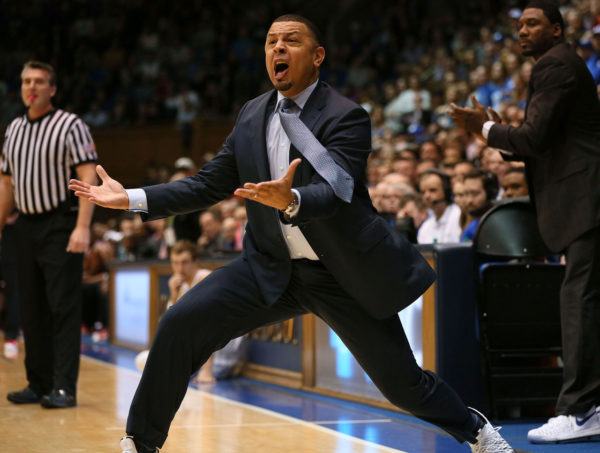
Assistant Jeff Capel presided over a rocky 4-3 stretch in Mike Krzyzewski’s absence (Mark Dolejs/USA TODAY Sports)
It’s safe to say Duke has staunched the bleeding after winning back-to-back ACC road games and escaping last-place Pitsburgh over the weekend with Krzyzewski back on the bench. But with plenty of questions remaining ahead of a date with North Carolina this week, it’s also too early to claim that the Blue Devils have righted the ship. In spite of Duke’s undistinguished resume and erratic play, the preseason #1 team remains a fixture in national headlines and ESPN segments. Why? The obvious answer is Grayson Allen, the embattled preseason Player of the Year pick whose volatile play and widespread criticism has delighted those who can’t stand his petulant and, at times, dangerous behavior on the court. But Allen obviously isn’t the first high-profile college player to behave badly, and the gleeful spectacle around his slow unravelling speaks to greater forces at play. Read the rest of this entry »





























